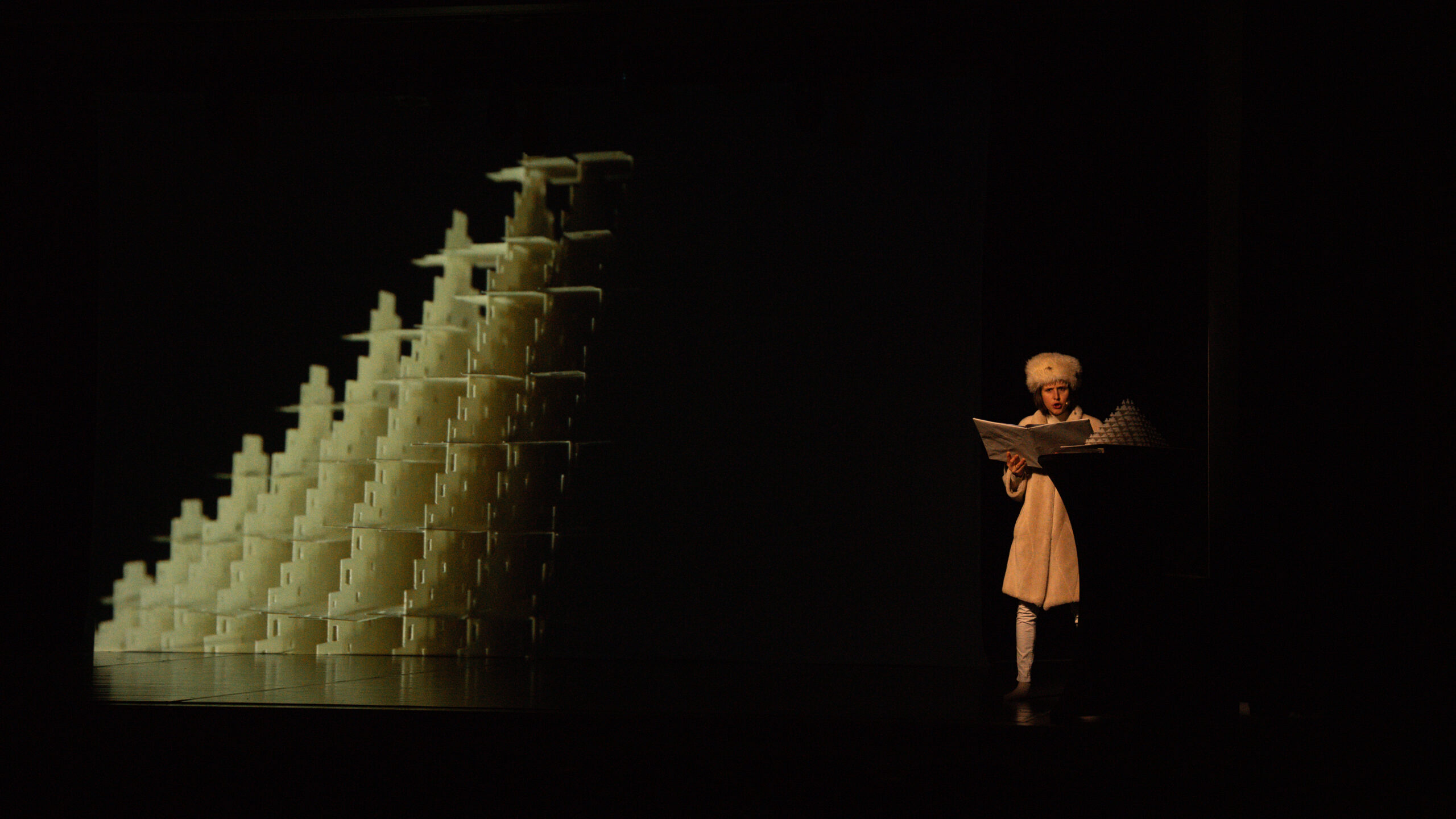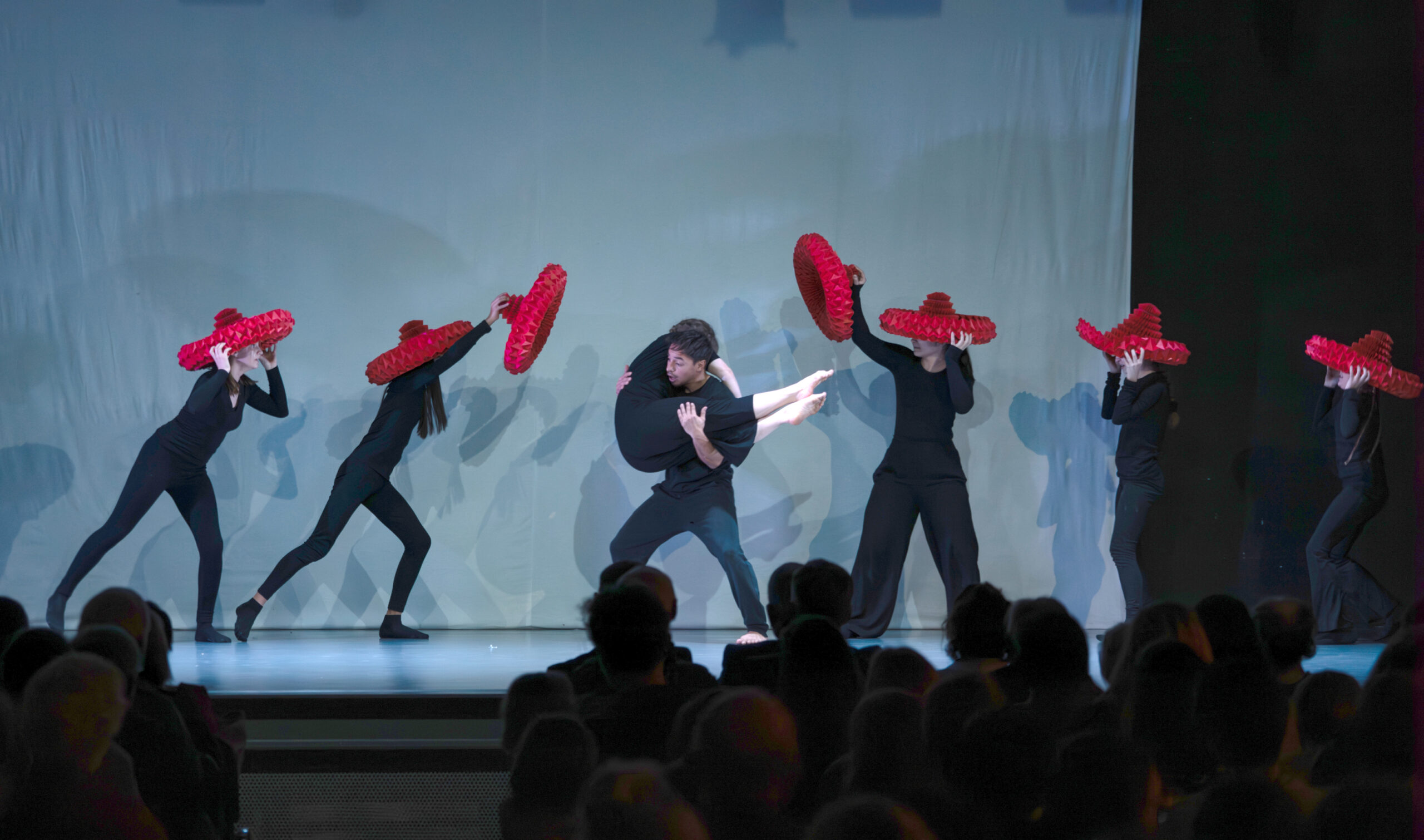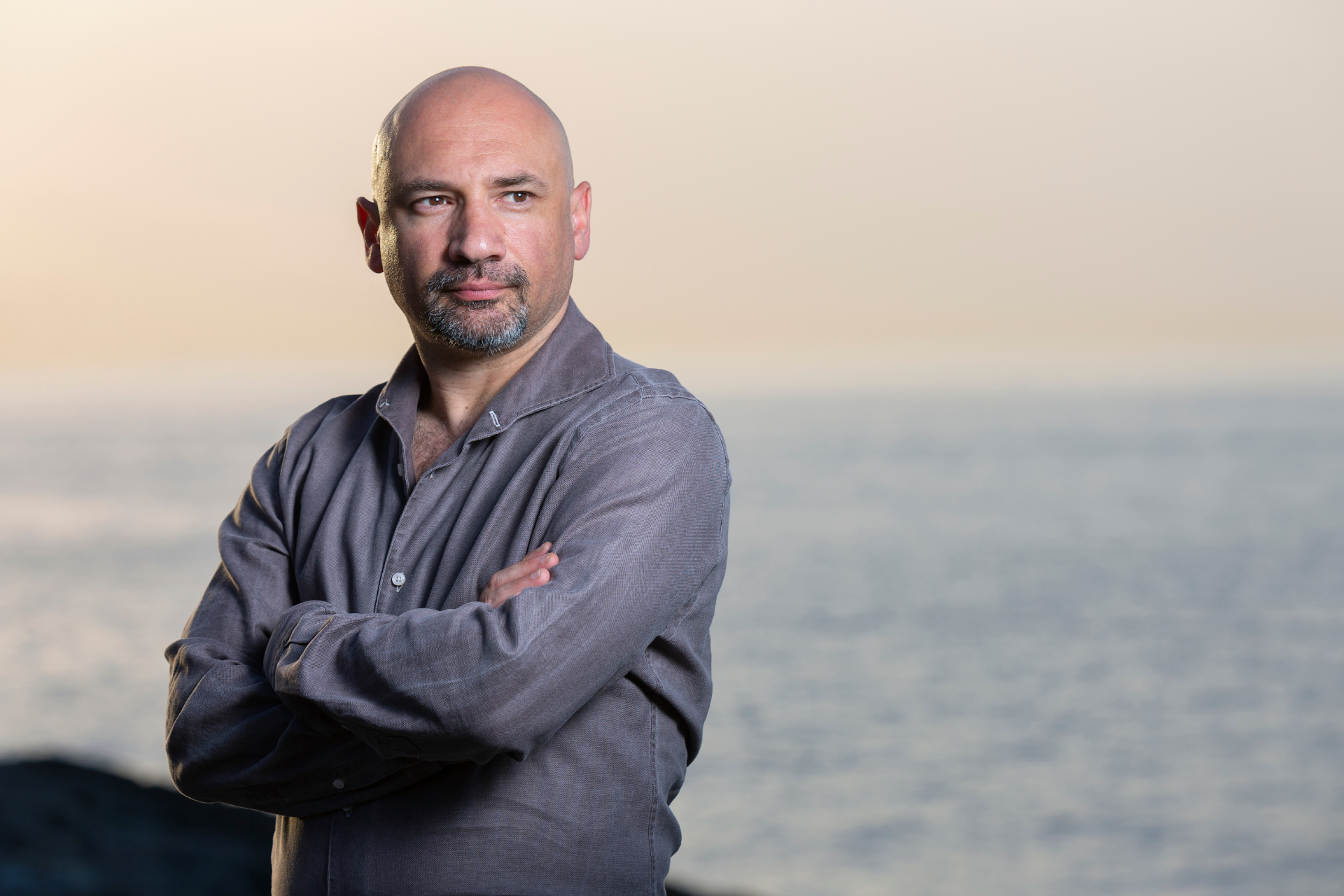Column
ColumnA Fairy Tale of a Thousand and One Papers
SALTICE connects children with professional artists for an interdisciplinary production which includes storytelling, music, dance, paper art and videography. The story, written by Susanne Felicitas Wolf, is inspired by the folklore of Upper Austria, especially the salt mines and the ice caves. The vision of composer and director Ruben Zahra adopts paper as the primary material for the costumes, props and set design through the application of origami techniques, pop-up sculptures and paper engineering. The contemporary aesthetic of the mise-en-scène is also reflected in the music and the dances choreographed by Silke Grabinger.
The story of SALTICE follows the adventure of Katharina and her brother Martin who help their parents harvest rock salt from the mountain. When the father suffers from an accident in the salt mine, the two siblings set off on a quest to find the “flower of life” to restore his health. Along this quest, they meet several characters; a witch named Frau Perchta, a cave bear who helps the children or villains who obstruct, like the Bergstutzen, the dragon of the Alps. This journey takes Katharina and Martin through a magical land of ice and salt mountains, a palace of ice, clouds of ice and finally the flower of life. This fairy-tale landscape is represented through pop-up paper sculptures that are revealed on stage by the narrator and projected as the backdrop scenography of the performance.
SALTICE features a unique aesthetic of origami, pop-up sculptures and other paper art techniques. Three internationally renowned paper artists have been commissioned to create original artworks for SALTICE: Kaori Kato from Japan who works for the fashion industry and specialises in origami techniques for “wearable art”; Polly Verity from Wales who develops geometric folds into three dimensional kinetic sculptures that animate and change shape; Peter Dahmen from Germany, a highly acclaimed pop-up paper artist, recently nominated for the VES Award in Los Angeles. Together with Ruben Zahra, they created a children’s opera with the minimalist and essential aesthetic of origami.

The composer and director Ruben Zahra created this innovative concept when he was invited to Japan by EU-Japan Fest Japan Committee in 2016. In Japan, he came across the work of Japanese artist Kaori Kato who applies techniques inspired by origami to create wearable paper sculptures and, inspired by this concept, he began to research different paper-art techniques. Inspired by this concept, Zahra spent the next two years researching different paper-art techniques for a new music-theatre project. In 2018, when Sonja Zobel from the European Capital of Culture Bad Ischl Salzkammergut 2024 reached out to commission a new children’s opera informed by the narrative of salt mines and ice caves, Ruben felt that the aesthetic attributes of paper art would be an ideal medium for this narrative. The concept was approved and Bad Ischl Salzkammergut 2024 invited Ruben to compose the music as well as direct and manage the whole project.
When the script for SALTICE was ready, Ruben began to discuss the artworks with the respective artists. The pop-up paper sculptures of Peter Dahmen would create the scenography of the performance, while Polly Verity developed a series of costumes. Kaori Kato’s task was to create a paper sculpture worn by the dancers to represent the Bergstutzen (dragon of the Alps). One of the first ideas was to create a piece that would hang around the neck of the dancer. However, this would not have created a continuity between dancers for the serpentine character. The most suitable design was a series of sculptures that can be worn as a large hat. Kaori created a series of red hats that can be worn by the dancers to create a modular serpentine aesthetic. The hats were made from red paper with the origami folding technique. These hats also have a kinetic quality – they can be inverted and shaped to adopt different forms. Choreographer Silke Grabinger from Austria created the choreography of the Bergstutzen with Kaori’s hats. The choreography involved a total of 8 dancers, each wearing the red hat. Kaori was invited to attend the premiere of SALTICE in the city of Laakirchenon the 24th of February 2024.
SALTICE was performed three times between the 24th and 25th of February 2024. All performances were sold out and received very positive feedback from the audience as well as from the press:
“(…) the visual implementation of paper is impressive (…) a fairy tale of a thousand and one papers.” (vol.at, 25th of February 2024)
“(…) visually stunning dance scenes (…) the story by German author Susanne F. Wolf is developed into a versatile musical fairy tale by Maltese composer Ruben Zahra.” (Kronen Zeitung, 25th of February 2024)
“(…) SALTICE immerses the children as well as their parents in an enchanting interplay of origami, pop-up paper sculptures, music, dance and videography.” (Salzburger Nachrichten, 25th of February 2024)

The whole creative team of SALTICE is very satisfied with the level of artistic excellence of this project. SALTICE was conceived and designed to facilitate international touring with a strong outreach dimension. Only two to three artists will travel with the production, the rest of the artists will be engaged from the host city:
- a local children’s choir and dance students
- a local choirmaster / conductor
- a local string quartet and one percussionist
- a local actress
SALTICE aims to connect children from the host country with local and international artists, with its costumes, props and scenography able to travel in one suitcase. Through a schedule of exciting rehearsals in contemporary music and contemporary dance, the project is leading to a multimedia performance, always presented in the native language of the host country. The strategy is to promote SALTICE with festivals and theatres in the future. The production team has already reached out to other future ECoCs, furthermore, Ruben Zahra has joined the RESEO – European Network for Opera, Music and Dance Education, to promote SALTICE within the education programme of opera houses across Europe.








